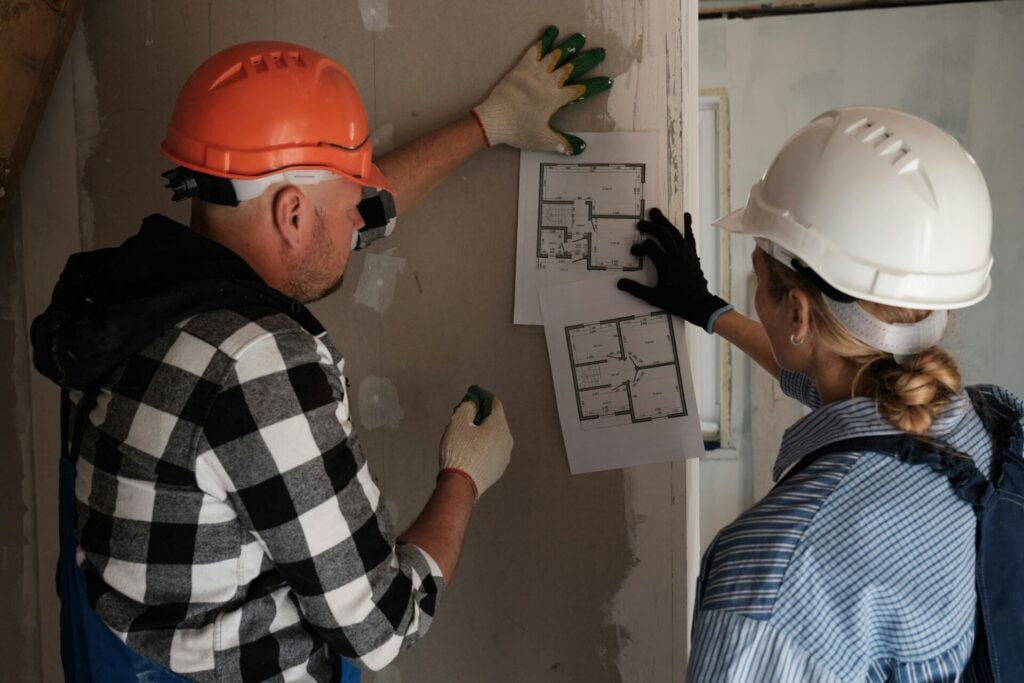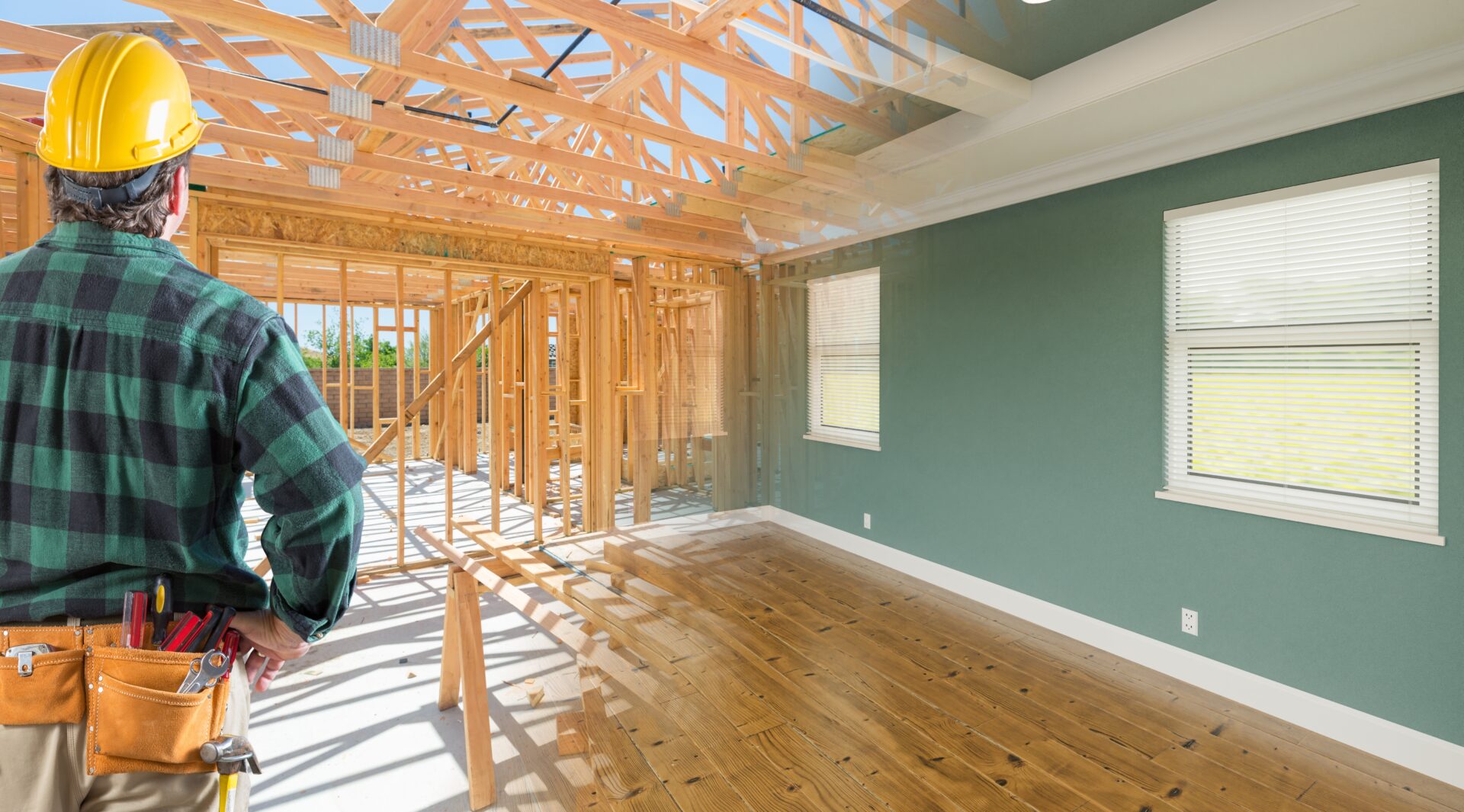Ever stood in the middle of your kitchen, staring at chipped tiles or outdated cabinets, and thought, ‘We should really fix this‘, only to feel overwhelmed before you’ve even opened a toolbox? All over the US, and particularly in Texas, more homeowners are reimagining their spaces, not just to add value but to create homes that feel more functional, comfortable and future-proof.
And while it’s tempting to jump straight to paint colours and mood boards, the most successful — and most sustainable — home improvement projects start with a bit of groundwork. Before you dive in, a few smart steps can shape the entire outcome.
Start With What You Don’t See First

Home improvement projects tend to start in the most visible places: kitchens, bathrooms, flooring. But the smarter starting point is always behind the walls and under the surfaces. Before you rip out cabinets or lay new tiles, evaluate the condition of systems that support the house: electrical, plumbing, HVAC, insulation, and structure. Any of these can derail a well-planned renovation if they’re outdated, overloaded, or improperly installed.
Before any cosmetic changes begin, have your systems reviewed, especially if your home is more than 15 years old. Older wiring might not support new lighting layouts. Plumbing may not be positioned correctly for updated fixtures. Foundation shifts might affect doorframes and flooring alignment. These aren’t fun discoveries, but finding them early is better than mid-demolition.
Even projects that seem isolated, like replacing flooring, can uncover problems. Subfloor issues, moisture intrusion, or poorly installed previous work can quickly turn what seemed like a one-week job into a month-long delay.
Don’t Ignore Entry Points and Moving Parts
Before tackling larger indoor upgrades, it’s worth checking the access points. A home can be freshly painted and furnished, but if the front door sticks or the garage is drafty, the daily use gets frustrating fast.
Working with a local professional who specialises in functionality-focused updates can help prevent issues later. A trusted Woodlands garage door company can assess whether your current system can support heavier doors, insulation upgrades, or smart openers before other renovation work begins. Their work often blends safety, performance, and curb appeal, making a noticeable difference in how the home feels day to day.
This part of a project doesn’t usually make it onto Instagram, but good doors, smooth entry, and reliable access points make the entire space function better. If your garage connects to the kitchen, for instance, you’ll feel that difference every day when the heat stays out or the new seal keeps pests from wandering in.
Define the Scope Before Picking a Colour Palette

It’s easy to get distracted by finishes, fixtures, and fancy hardware. But those decisions come later. Defining the scope means setting boundaries before the momentum (and spending) gets out of control. Ask what the actual goals are: more space? Better storage? Updated materials? Higher energy efficiency? Those goals shape the entire structure of your project.
This step also includes budgeting, but not just in total. Break it into categories like labour, materials, permits, contingencies. That way, when costs shift (and they will), you know where the budget can flex. Too many homeowners set a single lump sum and burn through it fast, only to find out they underpriced half the work. Also remember: when you start a project, you don’t just hire a contractor, you enter a collaboration. Being clear about the scope upfront helps your contractor plan realistically and price accurately. That saves everyone time, and usually, money.
Get Real About the Timeline

Most renovation timelines you hear are built for ideal conditions. Real-world renovations get interrupted by weather, supply chain delays, permit processing, and even sick crew members. The smartest step is building in buffer time before you start. Planning a kitchen remodel? Don’t expect to host Thanksgiving two days after the final inspection. Upgrading bathrooms? Make sure there’s another one in the house that won’t be touched during construction. If your entire project depends on a single product arriving on time—like custom cabinets or a backordered tile—pause and rework the plan to avoid that risk.
And don’t underestimate how living through construction feels. Dust gets everywhere. Entryways shift. Noise kicks off at 7:30 a.m. on a Saturday. Meals are disrupted. Work calls compete with saws. When you factor these into the timeline—physically and emotionally—you’ll have a better experience. Creating a realistic timeline doesn’t mean slowing down progress. It means protecting momentum when the inevitable delays pop up.
Know What Needs Permits, and Start Early

The permit process exists to make sure that improvements meet safety and structural standards. But it can feel more like a hurdle than a protection, especially when timelines are tight and paperwork drags. That’s why you should confirm what requires a permit before your contractor even touches a wall.
Each city or county sets its own rules, but structural changes, plumbing rerouting, electrical upgrades, and mechanical systems usually need inspection. Even replacing a window in a new size might trigger permit needs. There’s also a future benefit. If you ever sell the house, unpermitted work can stall closings or trigger fines. Buyers are more informed than ever, and inspectors often flag DIY jobs that skip codes. Getting it done right from the start prevents legal and financial headaches later.
Check Contractor Credentials and Ask Better Questions

Choosing the right contractor isn’t just about quotes. It’s about communication, clarity, and how well they adapt when plans shift. Always verify licenses, insurance, and references. But also pay attention to how they respond to delays, design changes, or permit questions. You want someone who listens and explains, not someone who rushes you through options or uses jargon to dodge details. Ask how they manage scheduling conflicts, what happens if something arrives damaged, or how they communicate if something’s off. The answers to those questions usually say more than the contract.
And once the job begins, make time for regular walkthroughs. Catching small issues early like a misplaced light switch or a crooked cabinet, avoids bigger problems later. A good contractor won’t be offended by your involvement. They’ll appreciate a homeowner who’s invested in a smart, successful outcome.








